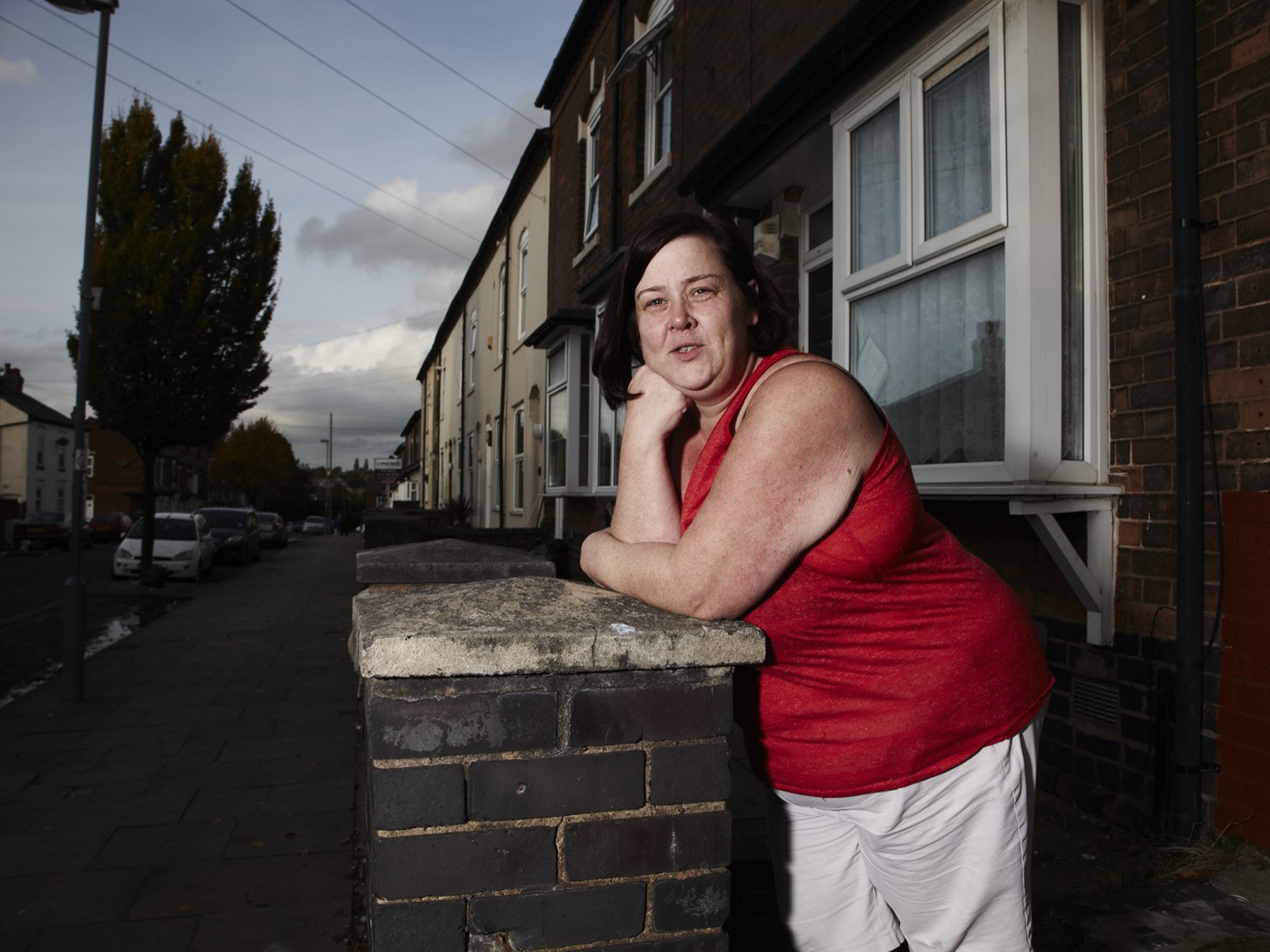So-called 'welfare ghettos', with whole communities on benefits, are a myth, researchers say

The idea of welfare ghettos where whole communities are workless is a myth, according to research by leading academics.
Channel 4’s Benefits Street popularised the idea already touted by politicians that there are streets in Britain where everyone is reliant on welfare - and have been for generations. Iain Duncan Smith said in 2011 that some young adults have “no interest in work” because “they have seen their parents, their neighbours and their entire community sit on benefits for life”.
But a group of sociologists could find no evidence of the phenomenon, even in the country’s most deprived neighbourhoods. They argue the Government - along with shows such as Benefits Street - have fed a false impression of communities and families where nobody wants employment.
After seeking out two of Britain’s most deprived communities in Middlesbrough and Glasgow researchers were unable to find a single family where three generations had not worked. Instead, the majority of residents were employed and younger people showed a willingness to begin work but often could not find any.
After conducting in-depth interviews with 47 people from 20 families they found most of the younger people from the sample who did not have jobs had siblings who were in employment and a wide network of friends and relatives who worked.
The paper, entitled "Benefits Street and the Myth of Workless Communities", was published in the Sociological Research journal.
Rob MacDonald, a sociology professor at Teesside University and the lead academic on the project, said: “That there are localities where virtually no-one has employment has become an important myth of our time. It is asserted by senior politicians and it provided the underlying rationale for the TV programme Benefits Street. Leading think-tanks write reports about it and it provides the impetus for Government welfare reforms.
“The idea of ‘benefit ghettos’ where unemployment is a ‘lifestyle choice’ is a powerful one that helps justify the Government's cuts to welfare budgets. We hope to have demonstrated that this is a myth, in the sense that it does not reflect the facts of the matter.”
Researchers deliberately sought out areas with very high levels of worklessness, yet the majority of residents were still in jobs. Unemployment in the anonymous region of Glasgow was 38.1 per cent, compared to an overall average of 20.9 per cent for the city. In the chosen area of Middlesbrough, unemployment was 30.6 per cent, compared to 20.9 per cent in the town and 12.4 per cent nationally.
Middlesbrough has had an unemployment rate roughly double the national average for three decades. Professor MacDonald argues the town’s history disproves the idea of a growing culture of laziness and that the reality is often simply a dramatic fall in the number of jobs available in a local area.
“Middlesbrough in the 1960s had full employment; people forget that,” he said. “Something has happened here. You could say an epidemic of laziness but what’s really happening is deindustrialisation and the cut-backs of the 1980s meaning there are fewer opportunities for employment.”
In James Turner Street, the Birmingham location chosen for the first series of Benefits Street, recent statistics have shown that between 35 per cent to 38 per cent of households could be described as workless, compared with the 90 per cent jobless figure which was commonly used in tabloid articles about the show. A new series of Benefits Street has begun filming in Stockton on Tees, just outside Middlesbrough.
A DWP spokesperson did not respond on the specific issue of giving the impression that whole communities are out of work, but said “joblessness isn’t a myth".
They added: "In 2010, the number of families with no one working peaked at over 3.9 million. Latest figures show that this has fallen by 450,000 suggesting we were right to implement a radical overhaul of the welfare system. We are restoring fairness to the system and making work pay, while maintaining a safety net so that everyone who needs help and support receives it. We are very careful about the language we use – making it clear that it is very often the system itself that has trapped people on benefits.”
Subscribe to Independent Premium to bookmark this article
Want to bookmark your favourite articles and stories to read or reference later? Start your Independent Premium subscription today.

Join our commenting forum
Join thought-provoking conversations, follow other Independent readers and see their replies